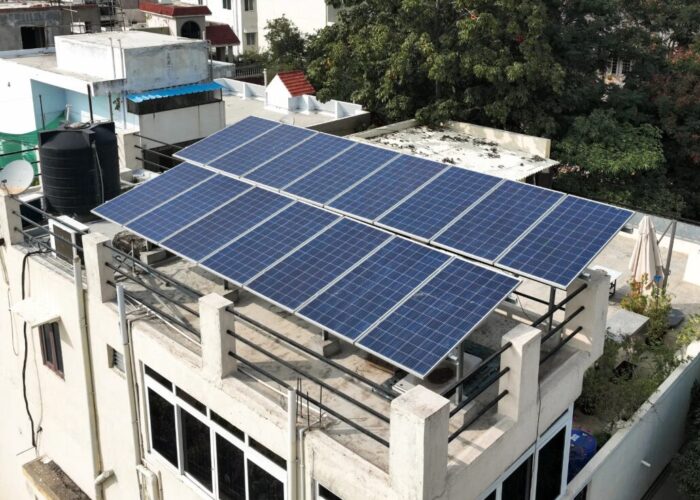
The Government of the Indian state of Haryana revised its state solar power policy in March 2016, having launched an original policy two years ago. The latest policy spans 2016 to 2022 with a target to add 3.2GW of solar power by the end of the six-year period. This target is in line with the central government's goal of adding 100GW of solar power by 2022, for which the state renewable purchase obligation (RPO) requirements have also been increased from 3% to 8%. As per Ministry of New and Renewable Energy (MNRE) and National Institute of Solar Energy (NISE), Haryana has an overall solar potential of 5GW.
As of March 2016, only 12MW capacity had been commissioned in Haryana, although another 200MW is allotted under its state policy. A comparative analysis with the state's solar policy of 2014 is below:
Try Premium for just $1
- Full premium access for the first month at only $1
- Converts to an annual rate after 30 days unless cancelled
- Cancel anytime during the trial period
Premium Benefits
- Expert industry analysis and interviews
- Digital access to PV Tech Power journal
- Exclusive event discounts
Or get the full Premium subscription right away
Or continue reading this article for free
The concept of setting up a green fund for promoting small-scale solar projects was left out of the latest policy. Furthermore, the rooftop target has now been increased multi-fold from 50MW to 1.6GW under the new policy.
There are some notable new incentives and initiatives that are introduced in the new 2016 policy:
- Focus on rooftop solar sector with revised target of 1.6GW and mandatory installation clauses in place now for buildings above 500 square yards.
- For rooftop projects, all the statutory clearances and approvals shall be provided to the independent power producer (IPP) through a single window facility, in a time bound manner within a period of 60 days after the submission of complete application along with necessary enclosures, fees or charges including LOI.
- Net metering has also been made viable with additional pay-out of INR0.25 per unit for excess units exported to the grid by the solar plant owner.






